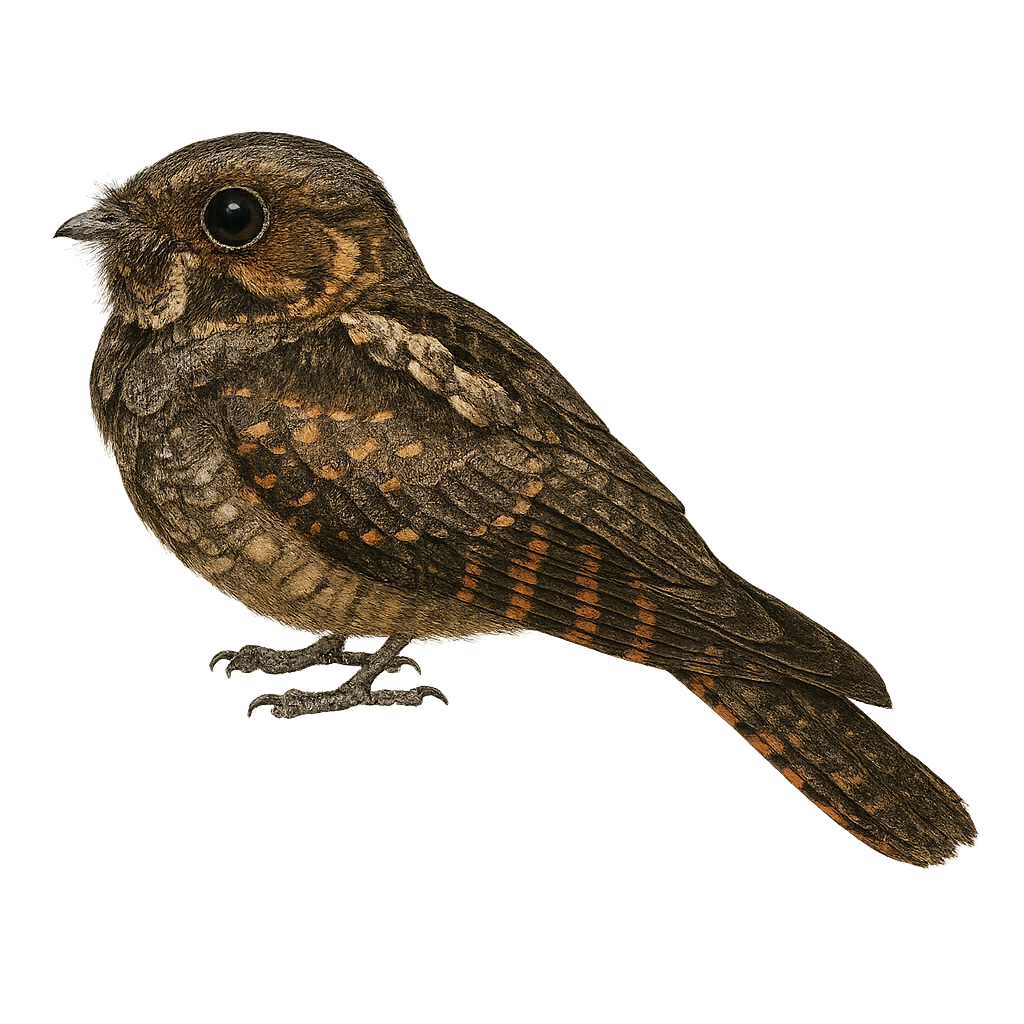Your wildlife photography guide.
Explore the eastern whip-poor-will in detail, study its behavior, prepare your shots.
Where to observe and photograph the eastern whip-poor-will in the wild
Learn where and when to spot the eastern whip-poor-will in the wild, how to identify the species based on distinctive features, and what natural environments it inhabits. The WildlifePhotographer app offers tailored photography tips that reflect the eastern whip-poor-will’s behavior, helping you capture better wildlife images. Explore the full species profile for key information including description, habitat, active periods, and approach techniques.
Eastern Whip-poor-will
Scientific name: Antrostomus vociferus

IUCN Status: Least Concern
Family: CAPRIMULGIDAE
Group: Birds
Sensitivity to human approach: Suspicious
Minimum approach distance: 10 m
Courtship display: April to June
Incubation: 19-21 jours
Hatchings: April to July
Habitat:
mixed forests, wooded areas, forest edges
Activity period :
Mainly active at night, generally discreet during the day.
Identification and description:
The Eastern Whip-poor-will, or Antrostomus vociferus, is a medium-sized nocturnal bird known for its distinctive call that echoes through the forests of eastern North America. Its cryptic plumage, a blend of gray, brown, and black, allows it to blend seamlessly into its forest environment. It is primarily active at dusk and dawn, feeding on flying insects it catches in flight. This bird nests on the ground, often on a bed of dead leaves, and does not build an elaborate nest. Its breeding season extends from spring to summer, and it is known for its fidelity to its nesting sites. Although discreet, its repetitive and melodious call is a characteristic feature of summer evenings in its natural habitat.
Recommended lens:
400 mm – adjust based on distance, desired framing (portrait or habitat), and approach conditions.
Photography tips:
To photograph the Eastern Whip-poor-will, focus on twilight or dawn hours when the bird is most active. Use a 400mm lens or longer to capture details without disturbing the bird. Look for areas where its call is audible to locate its position. Be patient and discreet, as this bird is suspicious and blends well into its environment. A tripod can be helpful to stabilize your camera in low-light conditions.
The WildlifePhotographer App is coming soon!
Be the first to explore the best nature spots, track rutting seasons, log your observations, and observe more wildlife.
Already 1 431 wildlife lovers subscribed worldwide

